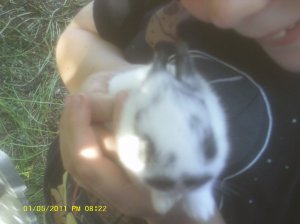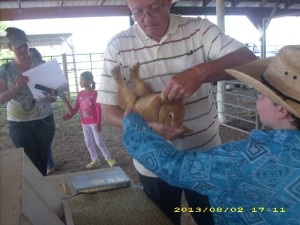I have been on a social media fast for a long while now. It is far too easy in this day and age of technology to become too engrossed in those technologies. Sure, they make some things in life simpler or more expedient, but becoming too dependent on them can overtake a person’s real life. So, feeling the need to focus on educating my children without social media interruption for a time, I have taken a step-back for several months.
After taking several months longer that expected to finish up the reading and grammar curricula we had been working on from last year, we finally began using Logic of English Essentials in December. Now about a third of the way through the program, it is time for a progress report.
Our younger son is moving a little more quickly in his progress than his older brother. Fifteen lessons into it, he has made the leap to reading chapter books for the enjoyment of it. Older brother is also making progress, but it is slower going for him. He has gone from struggling to read early 2nd grade readers to reading much more challenging Stage 4 picture book readers independently. As a writing exercise, they both wrote a book report on the book they read to understand the concepts of: title, author, copyright date, setting, characters, plot etc. They will be presenting their book reports orally to the family soon for practice in public speaking. In the near future both boys have to do an oral presentation for 4-H, so our book reports are good help in learning to research and write more effectively. Soon they will be doing a non-fiction book report as well and then we will compare the differences between fiction and non-fiction literature.
Meanwhile, we continue working on Logic of English every school day. Mama has had to learn a little patience in this process to not rush the boys through the program. Since I never struggled in reading like my sons have I have to remind myself daily that taking this at their slow and steady pace is what will finally win this reading race… for me as a kid, it was just a sprint… for my sons it’s a marathon.
We are all different and have to respect each other in that. It is hard for mothers who love to read for the sheer joy of it to watch their child struggle to learn the skills needed to learn to enjoy reading themselves. As a mother, the wait for them to be ready to get into some of those “great books” awaiting us on the bookshelves at home and at the library can seem like watching a Never-ending Story marathon all day every day for years…Meanwhile the children are completely clueless as to the beauty and richness of these literary works you just can’t wait to share with them. We aren’t quite there yet, but they are starting to catch up. I can finally see them coming up the reading hill behind me in my rearview mirror. I struggle in the limbo land between excitement for them and keeping patience while they complete this race.
My Little Pioneer-girl is just entering her “schooling” years at 3 1/2 year old. Almost daily she asks to “do school” with her brothers. We are starting some early phonics with her and some early math. We have gotten her some early learning workbooks that use Ray’s Primary Arithmetic and McGuffey’s Eclectic Primer. With that we are mixing in lessons from Alpha-Phonics, use of objects like pennies and buttons as counting manipulatives, counting things while helping mom cook, about cleaning and putting things away and how plants grow. This summer we will have a short overview with all three kids on what happens during birth, as Henry’s dog, Karen, will be having her first litter of puppies in May.
This summer or fall, we will be starting Logic of English Fundamentals A with Pioneergirl for preschool.

